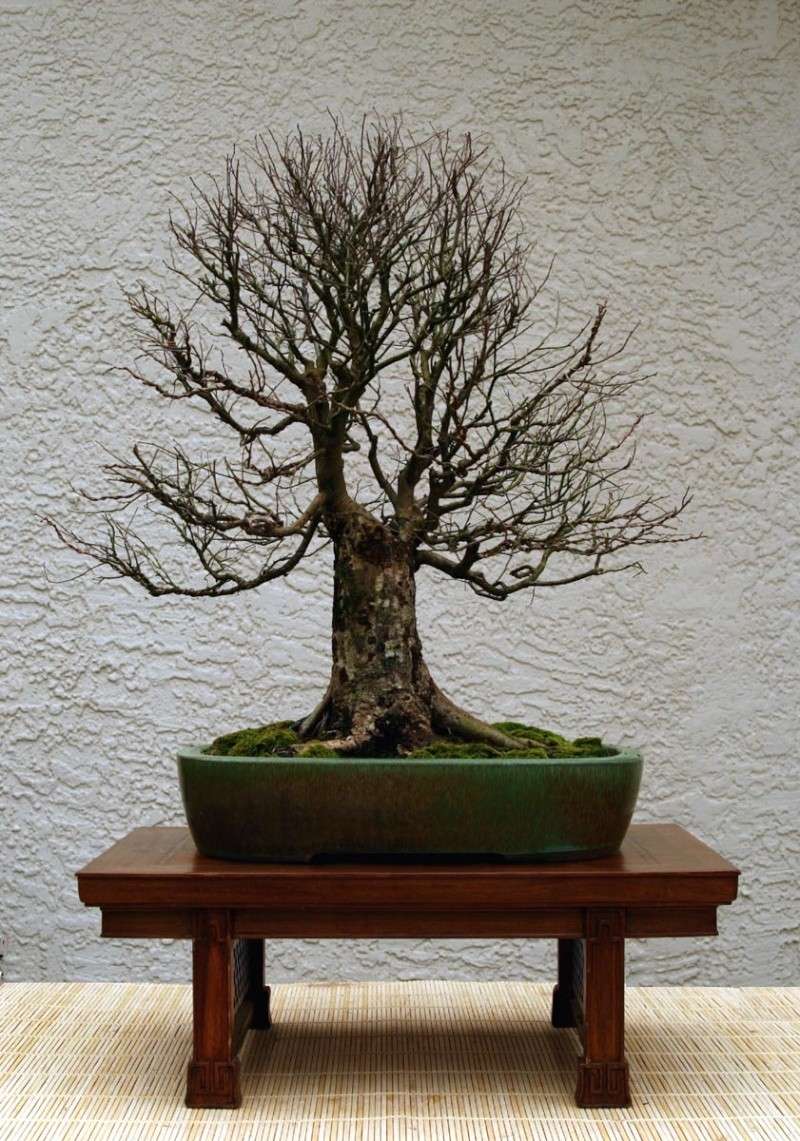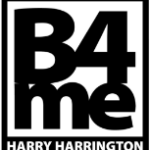Woocash
Omono
Continued from a conversation with @BobbyLane on a page on European beech. I thought this was an interesting subject to continue, but I don’t want to clog @barrosinc’s thread.

 ibonsaiclub.forumotion.com
ibonsaiclub.forumotion.com
 bonsai4me.com
bonsai4me.com
Having been through all 10 pages of the IBC thread and HH’s pages on styles (both very interesting, particularly WP’s long post on naturalistic deciduous forms) I think the lines between when a broom is not a broom are even more blurred.
So basically, any multi trunked, single stemmed, informal or formal, deciduous tree where the majority of trunks, branches OR twigs point upwards (ish) can be classed as a broom? Seems to be like hammering a nail into a cake (fun, easy to do, pointless). Nothing broom like about a lot of them and I thought that was the point.
Take the styles page on bonsai4me. Each one of his deciduous examples for a given style, particularly the pictures of real trees, can be categorised as a broom on the IBC thread. He even references the movement towards informal brooms as an accepted norm and yet still seems to be at odds with WP, whom he credits a large part of the recategorisation, with his examples.
Anyway, why brooms? Why not just naturalistic? Or informal upright, slanted, cascade etc? If the answer is because the growth is not presented in a pad or coniferous style then surely it should just be deciduous? Plus that really limits the availability for informal upright (par exemple) to express any real variation before it becomes a broom. Or for a multi trunk to be a multi trunk. Doesn’t matter if the crown starts at 1 inch or 10 inches, a multi trunk is still a multi trunk, right?
I think taking one of the “original” styles and applying it across the board to mean upright growth is a bit strange, to be honest.
Picture an informal upright in your mind. For me at least, It doesn’t matter what the foliage is doing. The initial shape is of the trunk (same with starting a bonsai from scratch), this determines the style. Slanting, multi trunked, formal upright, etc etc, all the same. Now think broom. For me it goes straight to a tree that looks like a broom. Single, straight stem with even radiating growth. (Informal would be single stem with uneven growth or vice versa or both). If everything is a broom then surely nothing is. Could you get a windswept broom, or is it still windswept? Too many blurred lines for me.
I mean, to hell with traditionalism, just why broom?

Clean Sweep - Show Us Your Brooms
I always like the collaborative threads were people posts trees in a common theme. I don't recall seeing a theme on broom styles. There are so many variations
Styling: The Basic Forms of Bonsai – Bonsai4Me
 bonsai4me.com
bonsai4me.com
Having been through all 10 pages of the IBC thread and HH’s pages on styles (both very interesting, particularly WP’s long post on naturalistic deciduous forms) I think the lines between when a broom is not a broom are even more blurred.
So basically, any multi trunked, single stemmed, informal or formal, deciduous tree where the majority of trunks, branches OR twigs point upwards (ish) can be classed as a broom? Seems to be like hammering a nail into a cake (fun, easy to do, pointless). Nothing broom like about a lot of them and I thought that was the point.
Take the styles page on bonsai4me. Each one of his deciduous examples for a given style, particularly the pictures of real trees, can be categorised as a broom on the IBC thread. He even references the movement towards informal brooms as an accepted norm and yet still seems to be at odds with WP, whom he credits a large part of the recategorisation, with his examples.
Anyway, why brooms? Why not just naturalistic? Or informal upright, slanted, cascade etc? If the answer is because the growth is not presented in a pad or coniferous style then surely it should just be deciduous? Plus that really limits the availability for informal upright (par exemple) to express any real variation before it becomes a broom. Or for a multi trunk to be a multi trunk. Doesn’t matter if the crown starts at 1 inch or 10 inches, a multi trunk is still a multi trunk, right?
I think taking one of the “original” styles and applying it across the board to mean upright growth is a bit strange, to be honest.
Picture an informal upright in your mind. For me at least, It doesn’t matter what the foliage is doing. The initial shape is of the trunk (same with starting a bonsai from scratch), this determines the style. Slanting, multi trunked, formal upright, etc etc, all the same. Now think broom. For me it goes straight to a tree that looks like a broom. Single, straight stem with even radiating growth. (Informal would be single stem with uneven growth or vice versa or both). If everything is a broom then surely nothing is. Could you get a windswept broom, or is it still windswept? Too many blurred lines for me.
I mean, to hell with traditionalism, just why broom?

 Hindenburg-Linde
Hindenburg-Linde Die Große Linde in der Nähe von Ramsau (BGL)
Die Große Linde in der Nähe von Ramsau (BGL) a zelkova
a zelkova Harboro frost
Harboro frost Elmscott, Devon.
Elmscott, Devon. Begraafplaats Groenesteeg, Leiden
Begraafplaats Groenesteeg, Leiden Great birch (20th March 2009)
Great birch (20th March 2009) old beech trees
old beech trees Ye Old Oak Tree
Ye Old Oak Tree Quercus - Oak
Quercus - Oak Alder Tree2
Alder Tree2 a hint of malevolence?
a hint of malevolence? Beautiful Belstone Tree
Beautiful Belstone Tree Beech Gold
Beech Gold Tree
Tree 1090-41L
1090-41L

 Quercus robur
Quercus robur Untitled
Untitled Untitled
Untitled IMG_7045.jpg BACK.
IMG_7045.jpg BACK. Josh's Garden May 2012
Josh's Garden May 2012 Josh's Garden May 2012
Josh's Garden May 2012 DSC_0086
DSC_0086 IMG_7037 BACK.
IMG_7037 BACK. DSC_0178
DSC_0178 Beech raft #bonsai #BonsaiEuropa #bonsaiwales
Beech raft #bonsai #BonsaiEuropa #bonsaiwales DSCF7907
DSCF7907 DSCF8015
DSCF8015 Oak
Oak Hornbeam
Hornbeam B105 HvH (15)
B105 HvH (15) Field Maple
Field Maple DSC00103
DSC00103 DSC00215
DSC00215 DSC00206
DSC00206 DSC00183
DSC00183 DSC00135
DSC00135 Veteran lime tree, Beeson Farm
Veteran lime tree, Beeson Farm Lady Miller's Beech Tree.
Lady Miller's Beech Tree. A fantastic Hornbeam
A fantastic Hornbeam















